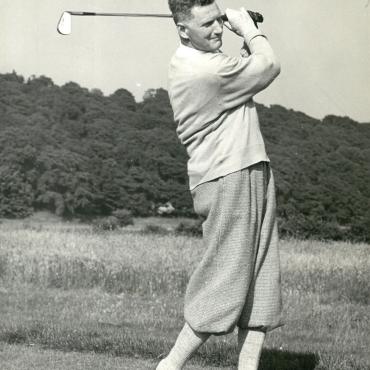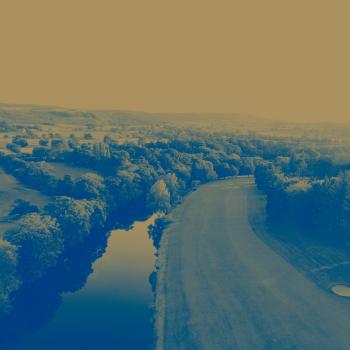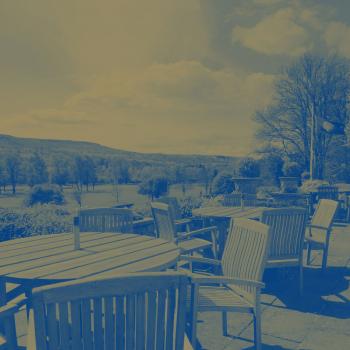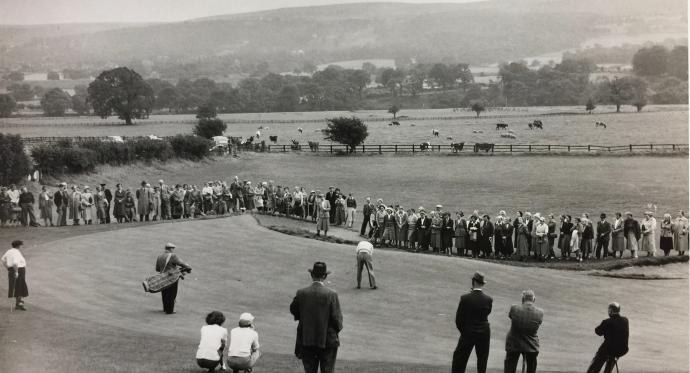
IGC History & Heritage
An historic and pioneering golf club, whose course is built around the sparkle of the River Wharfe and framed by the majestic Ilkley Moors.
J.H. Stainton, author of The Golf Courses of Yorkshire (1912), was moved to comment: ‘Of all the courses in Yorkshire, Ilkley surely has reasonable claims to superiority in the beauty of its position.’
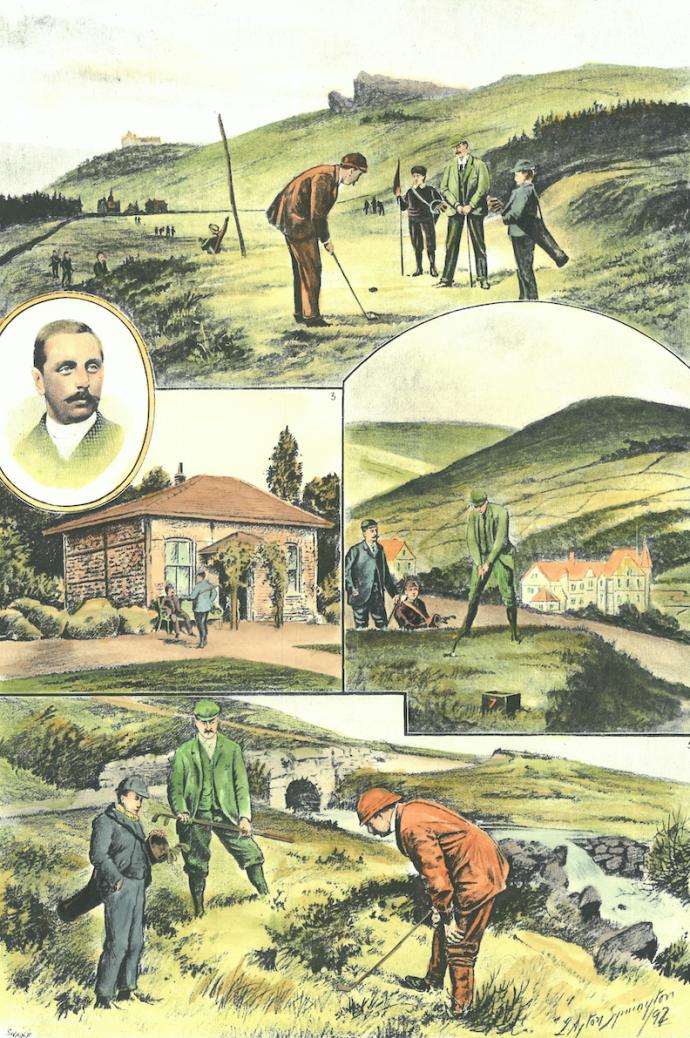
The Founding Years
Founded in 1890, Ilkley Golf Club built the first golf course in the West Riding of Yorkshire. It was the third in the wider county, at a time when there were as few as 100 courses in the country. Without too much apparent difficulty, by 1898 those first members managed to build two courses. The original nine-hole course was atop Ilkley Moor where, as was reported at the time, ‘they succeeded in draining areas of peaty and swampy land, making good short grass where before there was nothing but bent and reeds and at last having a links worth playing on’.
Not satisfied with such a feat, a vision was established at the 1893 Annual General meeting (AGM), whereupon the President espoused hopes for the club to be viewed as the St. Andrews of Yorkshire. This vision set seed for plans to build a new, even better, regulation-size course in the valley below: where the River Wharfe meanders through its layout, with spectacular moorland views flanking either side. The river course took just four months to build, leading to the first medal competition being played in June 1898.
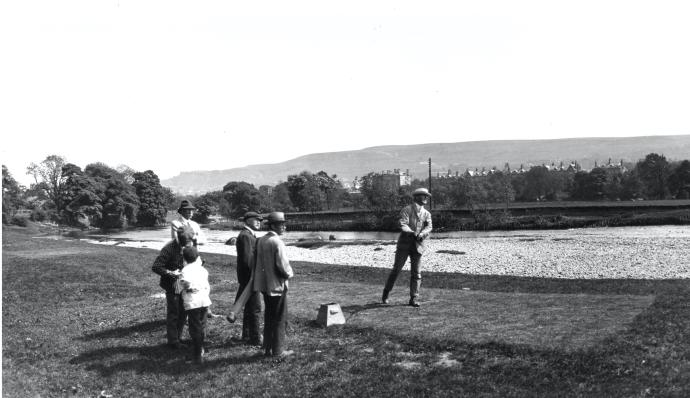
The Yorkshire Union
This progressive and pioneering spirit was not reserved for the development of the club. Indeed, in 1894 Ilkley GC became one of a dozen founding members of the Yorkshire Union of Golf Clubs—the second County union to be formed by just a matter of months to Hampshire.
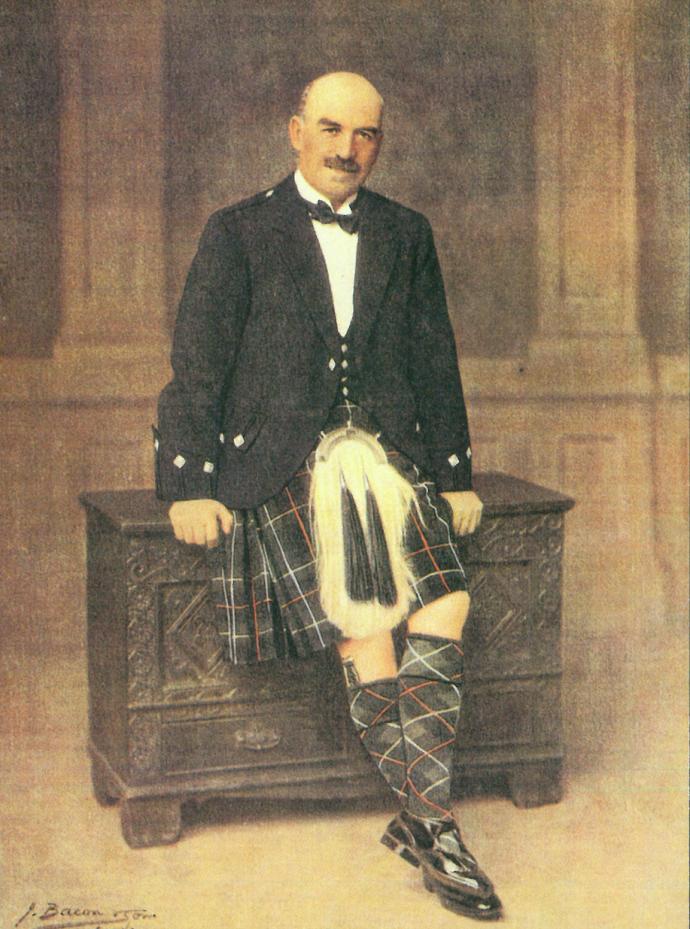
The Golden Architectural Years
The Club understood the value of golf course architects very early in the formation of the profession.
Harry Colt and Alister Mackenzie (a member at Ilkley GC in the late 1890s) each offered advice to the Club in 1908 on different holes. Discovering the value of this advice both architects revisited the Club, and some eighteen months later Colt came back to apply finishing touches to his suggestions. In 1911 Mackenzie revisited and oversaw further improvements to the fifteenth hole. That effort was an unpaid labour of love.
In 1924 the Club endeavoured to lengthen the course, seeking help again from Mackenzie, now firmly established at the top of his profession; but this time also seeking the advice of James Braid. Again, both architects focused their attention on different holes. The relationship between the Club and Mackenzie endured, but the membership remained unsatisfied with the fifteenth hole. In the landmark year of 1926—months prior to his famous engagements with Royal Melbourne and Cypress Point—Mackenzie revisited the Club to perfect the fifteenth hole. He was given a free hand on the basis that his decision on any point was to be taken as final. At the same time Mackenzie completed a comprehensive plan for improvement of the whole course, which was approved and stated to be carried out when time permitted.
Ilkley Golf Club remained vivid to Mackenzie right up to his death in January 1934, corroborated by his final article to be published: ‘Water Holes should Tempt not Torture’. Appearing within the June 1934 edition of US Golfing, Mackenzie wrote about water hazards at Ilkley, St. Andrews and Cypress Point.
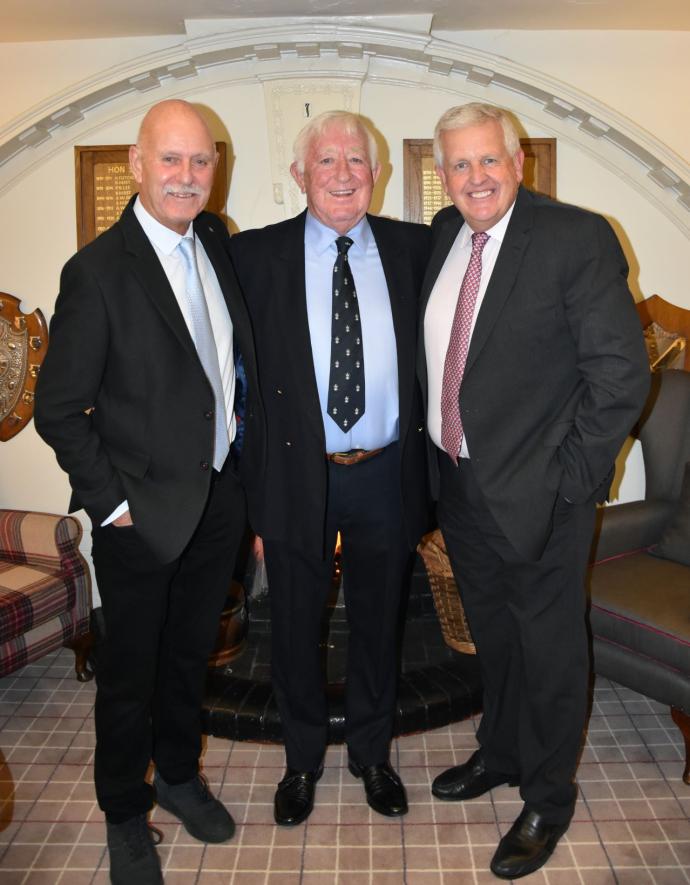
Some Ilkley Members
Alister Mackenzie is not the only Ilkley member of note. Miss G.K. Moeller, for instance, a four-time Yorkshire champion in the 1890s, was mastering the game in the same era as H.B. McCarthy, himself a two-time Yorkshire Champion. More latterly, the Club is honoured to have among its membership celebrated amateur Rodney Foster, twice Walker Cup captain; Mark James, Ryder Cup Captain and eighteen-time winner on the European Tour; Colin Montgomerie, who learned his golf at the Club from the age of eight, before launching into a stellar career and winning a record eight European Tour Order of Merit titles (including a streak of seven consecutively from 1993 to 1999). Colin, subsequently, became Ilkley’s second Ryder Cup Captain.
Yet another high-profile member of Ilkley Golf Club was Gordon J Brand, 1983 Ryder Cup star and stalwart of the European Tour from 1977 to 2003. Ever popular across the social divide, Gordon's active club membership coincided with his Ilkley residency during the 1980's and 90's. Aside from his numerous victories around the world, a career highlight was his runner-up finish behind Greg Norman in the 1986 Open Championship at Turnberry.
Some Club Professionals
The Club established high standards from the start, which extended to its choice of Professionals. Among them was Tom Vardon, whose tenure at Ilkley ran from 1893 to 1900. He finished second at 1903 Open Championship at Prestwick, losing out to his brother, golfing legend Harry Vardon. The following year Tom beat Harry in The Open by a single stroke, finishing fourth at Royal St. George’s. Not only in the front rank as a player, Tom was also an excellent clubmaker, and was said to be one of the finest teachers to be found in the world at that time. In 1896 Tom persuaded Harry to move to Yorkshire to become the Professional at Ganton Golf Club.
Also, Walter Toogood, professional at Ilkley from 1903 to 1911, came with an excellent reputation as player and teacher. He set a course record at the Open at Muirfield in 1895 and played his last Open in 1911. In 1907 renowned golf course architect Alister Mackenzie employed Walter Toogood to carry out the construction of his plans at Alwoodley (the first course designed by Mackenzie). In 1911 Toogood left Ilkley to become the professional at Alwoodley. Ilkley has enjoyed some long and special relationships with its professionals, exemplified by Jock Henderson and John Hammond, who, collectively, served the club for seventy-five of the last 100 years.
IGC Professionals
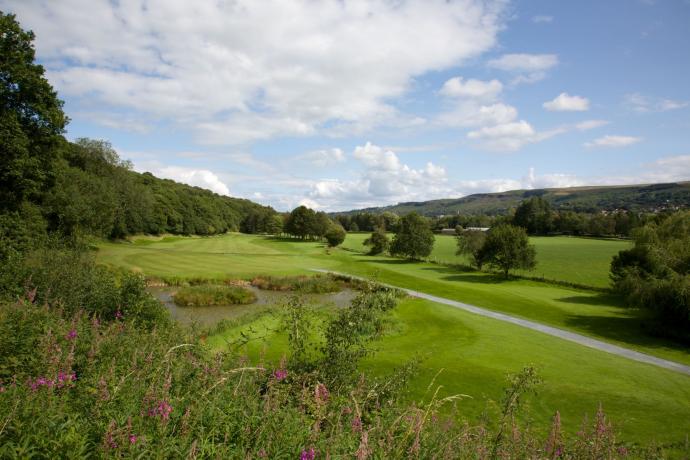
Ilkley, one of the very prettiest courses
Ilkley Golf Club has a rich history, which, through the visionary spirit of its founding members, positioned Ilkley Golf Club at the forefront of golf development in England in the 1890s and early 1900s. The canvas on which its history was created is perhaps a jewel in the crown, a fact not overlooked by some of the best golf writers over time. There are many quotes to choose from, but who better than Bernard Darwin, golf’s most decorated writer, to find the right words in the introduction to The Ilkley Golf Club handbook (1931). Said Bernardo:
'One is always a little frightened of praising a golf course for the prettiness of its scenery. People are apt to think that one does so because it is hard to find any pretty things to say about the golf itself. However, in the case of Ilkley I am determined to take the risk because, although the course is very good and very entertaining from a purely golfing standpoint, I feel it would really be a sin not to say that it is one of the very prettiest courses I have ever seen'.


